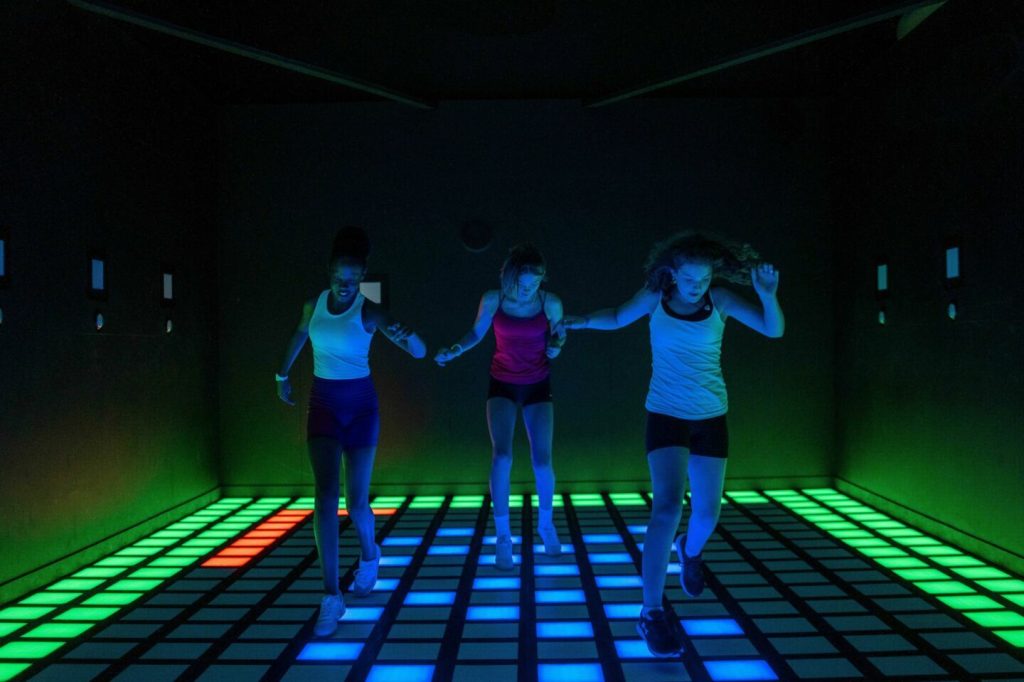For any investor considering a new venture in the entertainment industry, the most pressing question is always about profitability. Specifically, what is the return on investment (ROI) time frame for activate game centers, and how quickly can you turn a profit? The allure of high-tech, interactive activate games is undeniable, but a smart investment requires a clear understanding of the financial timeline. While there’s no one-size-fits-all answer, a well-planned strategy can significantly shorten the path to profitability.
At Pixelverse, we believe in empowering our partners with the knowledge they need to succeed. Our commitment goes beyond simply selling state-of-the-art activate games equipment; we provide the insights and support to help you achieve a rapid and sustainable return on your investment. The profitability of an activate game center is not a matter of luck—it’s the result of a strategic combination of factors, from initial setup to ongoing operations.
Key Factors Influencing Your ROI Timeline
The time it takes to see a profit is influenced by several critical variables. Understanding and optimizing each one is the key to a fast ROI.
1. Initial Investment and Equipment Costs
The biggest factor is the initial capital expenditure. This includes the cost of the activate games equipment, installation, and any necessary facility upgrades (e.g., lighting, sound, safety features). While it may be tempting to opt for cheaper, lower-quality equipment, this can be a false economy. Cheaper equipment often leads to higher maintenance costs and more frequent downtime, both of which erode your long-term profitability. High-quality, durable equipment from a reputable supplier like Pixelverse is designed to maximize uptime and minimize repair costs, directly contributing to a faster ROI.
 2. Location, Location, Location
2. Location, Location, Location
Your venue’s location is a primary driver of foot traffic and profitability. A high-traffic location in a mall or a densely populated urban area will naturally attract more customers. Conversely, a less-than-ideal location will require a larger marketing budget and more time to build a customer base. Researching local demographics, competition, and rent costs is crucial. The right location can dramatically shorten your ROI timeline.
3. Pricing Strategy and Revenue Streams
Your pricing model directly impacts how quickly you can recoup your investment. A well-designed pricing strategy for your activate games should be a blend of attracting customers and maximizing revenue per visit.
- Pay-per-Play vs. All-Access Passes: Offering a mix of these can appeal to different customer segments. Pay-per-play models are great for high-turnover games, while all-access passes can encourage longer dwell times and higher overall spending.
- Ancillary Revenue: Your games should be part of a larger ecosystem of profitability. Look for opportunities to generate revenue from food and beverages, merchandise, party packages, and corporate events. A high-tech activate games center is an ideal venue for unique team-building events.
4. Operational Efficiency
Efficient operations can significantly accelerate your path to profit.
- Staffing: A well-trained and efficient team ensures a smooth customer experience and minimizes operational issues.
- Maintenance: A proactive maintenance schedule for your activate games equipment is essential to prevent unexpected downtime, which directly impacts your revenue.
- Marketing: A strong marketing strategy is vital to fill your venue. Utilizing social media to showcase the exciting experiences your games offer can generate viral buzz and attract new customers organically.
A Realistic ROI Timeline
While timelines vary, we’ve seen well-managed activate games centers achieve a full ROI within a specific window. A realistic time frame for a successful, single-location center is typically between 12 to 24 months.
- Phase 1 (Months 1-6): This initial period is all about building momentum. You’ll be focusing on attracting your initial customer base, generating buzz, and refining your operational processes. Revenue will be growing steadily, but you’ll still be in the initial investment recovery phase.
- Phase 2 (Months 7-12): This is often when you hit your stride. Your brand is more established, and repeat business starts to become a significant factor. You’ll begin to see substantial progress in recouping your initial investment.
- Phase 3 (Months 13-24): By this point, you’re likely to be operating at or near peak efficiency. This is the period when a full ROI is most likely to be achieved, and you can begin to see consistent profitability.

发表回复